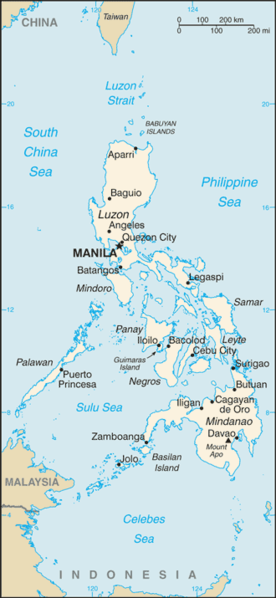NewsDesk @bactiman63
The Philippines Department of Health’s Epidemiology Bureau reports 55 human rabies cases/deaths through February 25 this year.

This is a 8 percent increase in cases/deaths compared to the same period in 2022 (51).
Only three of the 17 regions in the country have not reported a rabies case this year to date. Central Luzon (11) and Calabarzon (9) have seen the most rabies cases.
Rabies is an acute viral infection that is transmitted to humans or other mammals usually through the saliva from a bite of an infected animal. It is also rarely contracted through breaks in the skin or contact with mucous membranes.
According to the Control of Communicable Diseases Manual, all mammals are susceptible to rabies. Raccoons, skunks, foxes, bats, dogs, coyotes and cats are the likely suspects. Other animals like otters and ferrets are also high risk. Mammals like rabbits, squirrels, rodents and opossums are rarely infected.
Initially, like in many diseases, the symptoms of rabies are non-specific; fever, headache and malaise. This may last several days. At the site of the bite there may be some pain and discomfort. Symptoms then progress to more severe: confusion, delirium, abnormal behavior and hallucinations. If it gets this far, the disease is nearly 100% fatal.
If you are exposed, first, clean the wound well with soap and water for 5-10 minutes. This will help reduce the chance of getting other bacterial infections and some studies show it can reduce the likelihood of getting rabies.
Next, get good description of the animal for Animal Control so it can be picked up for quarantine or rabies testing.
Go see your family physician or the emergency room. Though technically not a medical emergency, it is important to seek medical attention quickly so proper, timely treatment is given. If you have to shoot or otherwise kill the animal, take care not to damage the head. The brain will be required for rabies testing.
Your doctor will evaluate the type of exposure (bite, scratch), and the type of animal that you had contact with. If post-exposure treatment is required — Postexposure prophylaxis (PEP) consists of a dose of human rabies immune globulin (HRIG) and rabies vaccine series.
Measles cases up 565% in the Philippines
Philippines reports increase in dengue and chikungunya early in 2023

